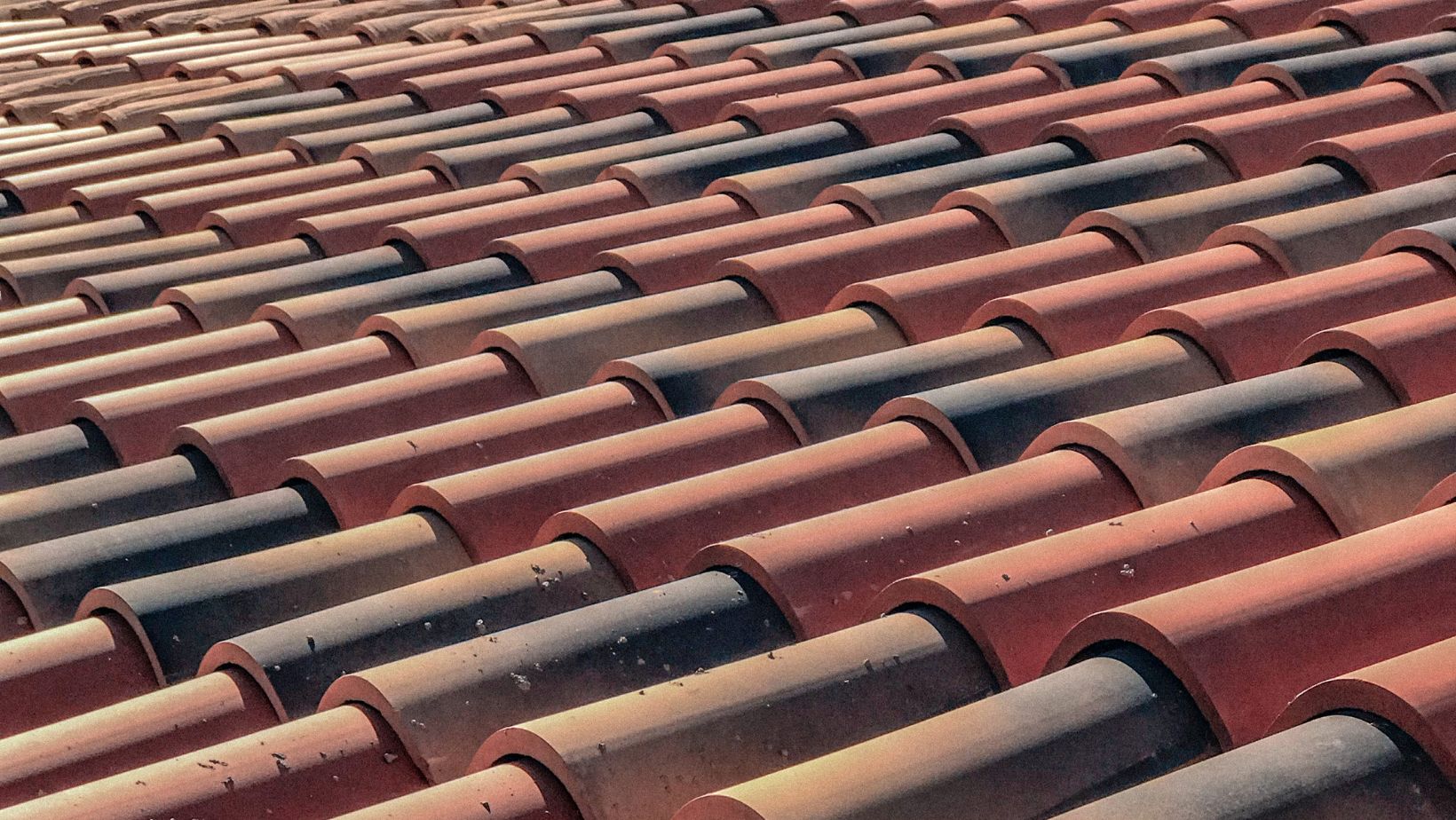The architectural landscape is continually evolving, driven by changing aesthetics, environmental concerns, and technological advancements. At the heart of these transformations lies the roof, a critical element that significantly influences both the exterior appearance and functional performance of structures. From traditional gabled roofs to modern green roofs, the design of a roof can have a profound impact on overall architectural trends. An examination of how roof designs dictate architectural choices reveals vital insights into the interplay between art, function, and innovation in building design.
The Historical Context of Roof Design
Understanding the evolution of roof designs requires a look back at history. For centuries, roofs have served more than just an aesthetic purpose; they have trodden the fine line between function and form. Ancient civilizations, such as the Egyptians and the Greeks, implemented roofs that reflected their culture and climate. In Egypt, flat roofs were popular due to the hot climate, aiding airflow and reducing heat absorption. Meanwhile, the Greeks used sloped roofs to handle rain, a necessity in their wetter climate. As architectural styles transitioned through the Roman and Gothic eras, the design of roofs evolved accordingly. The intricacy of Gothic roofs, characterized by pointed arches and intricate spires, demonstrated the wealth and artistic aspirations of the time. This historical context sets the stage for modern architectural trends, highlighting how traditional roof designs continue to inspire contemporary forms.
Modern Roof Designs and Their Impact
The 20th century introduced new materials and styles, shifting the narrative of roof designs. Flat roofs became synonymous with modernism, reflecting the minimalist ethos of architects such as Le Corbusier. As the movement gained momentum, rooftops transformed into usable spaces, culminating in a trend towards green roofs. These eco-friendly designs are not only aesthetically pleasing but also offer significant environmental benefits, such as improved insulation and reduced urban heat.
The rise of industrial-style architecture further propelled the acceptance of flat roofs, often featuring materials like metal or concrete. These selections cater to urban sensibilities while providing skylight opportunities, expanding natural light into interior spaces. This shift demonstrates an architectural flexibility where roofs play a pivotal role in establishing a building’s identity.
Regional Influences on Roof Designs
Architecture is deeply influenced by local climate, culture, and materials, leading to distinctive regional roof styles. In tropical regions, roofs are often steeply pitched to ensure effective drainage and mitigate humidity.

Conversely, in colder climates, sloped roofs with deep overhangs are common, maximizing snow load management and preventing ice dam formations. This regional responsiveness extends to the choice of materials, as well, as these trusted Raleigh roofers further explain. While clay tiles are standard in Mediterranean climates for their thermal properties, asphalt shingles prevail in North American homes for economic reasons.
These considerations ensure that a structure not only blends into its surroundings but also performs optimally in its local environment. Architectural firms have increasingly sought to honor these regional characteristics while blending them with modern styling. This synthesis not only speaks to local heritage but also resonates with today’s homeowner who desires individuality while recognizing their locality’s context. By paying homage to traditional roof designs, a new wave of architects champions sustainable practices and regional identity.
Environmental Considerations in Roof Design
A significant trend in contemporary architecture is the growing emphasis on sustainability. As climate change becomes an urgent issue, architects are increasingly incorporating green roofs and eco-friendly materials into their designs. Living roofs offer insulation, reduce stormwater runoff, and promote biodiversity by cultivating plant life in urban settings. Popularized in cities like Berlin and Vancouver, green roofs encourage architects to rethink traditional structures. The integration of solar panels and rainwater harvesting systems not only enhances the building’s sustainability quotient but also redefines how roofs contribute to a structure’s overall environmental impact.

By fostering crops atop city buildings, urban farming initiatives have also emerged, reflecting a societal shift towards localized food sources and eco-conscious living. The incorporation of these environmentally friendly solutions engages the creativity of architects, who must navigate the delicate balance between innovation, aesthetics, and functionality. For homeowners, employing the expertise of experienced roofers will ensure these modern solutions are executed effectively, seamlessly integrating sustainability into their designs.
Technological Advancements in Roofing Materials
The introduction of innovative roofing materials has significantly reshaped roof designs in contemporary architecture. Traditional materials are being re-evaluated and improved upon with cutting-edge technology. Performance-driven materials such as synthetic slate or advanced asphalt shingles provide durability, aesthetic variety, and cost-effectiveness, catering to diverse consumer needs.
Technologies that promote solar energy harvesting have revolutionized the functionality of roofs. Solar shingles, which are integrated into the roof rather than imposed upon it, exemplify how modern engineering aims to utilize rooftops as energy producers. This advancement not only boosts a building’s energy efficiency but also aligns with sustainability goals considered paramount today. Innovative materials extend beyond functionality. Your roof design can now be customized with diverse colors, textures, and patterns, enhancing the visual appeal and allowing for greater expression in residential and commercial buildings. In this increasingly competitive architectural landscape, the capability to create distinct, personalized designs through advanced materials contributes to a more dynamic environment. Roof designs are more than mere architectural elements; they embody evolving trends shaped by history, sustainability, and technological advancements. As architects embrace the lessons of the past while innovating for the future, roofs will continue to play a vital role in defining both the function and aesthetics of structures. With increasing considerations for environmental impact and regional identity, the roof is likely to emerge as a focal point in new architectural strategies. By examining these elements, we can anticipate how the future of roof designs will lead to a richer, more sustainable architectural tapestry.
